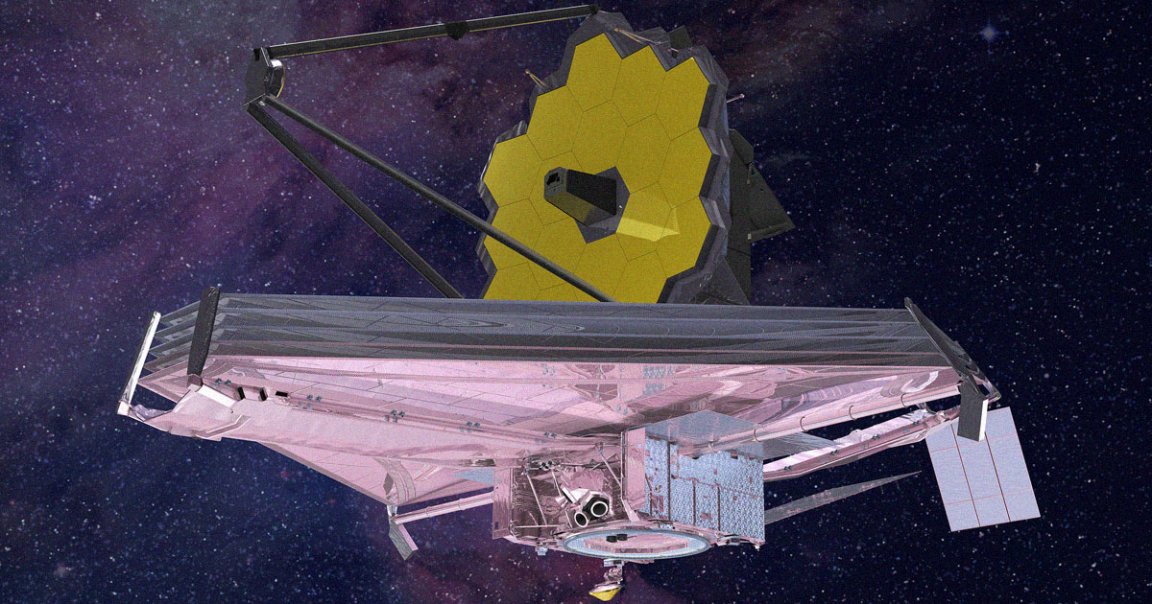
Spying Spectra
What if NASA’s groundbreaking James Webb Space Telescope was pointed straight at an exoplanet exactly like the Earth? Would it recognize a civilization like ours?
In a yet-to-be-peer-reviewed new paper, a team of researchers including NASA and Jet Propulsion Lab scientists examined high-resolution spectra taken by a Canadian satellite called SCISAT. The data identified a variety of molecules, including water vapor, carbon dioxide, and CFCs, which are clear indicators of industrial activity.
They then obscured this data by adding simulated noise and sampling it at lower resolutions, with the goal of reproducing what the JWST would see if it were to spot an exoplanet light-years away.
As it turns out, despite their attempts to obscure the data, they could still identify these molecules, even up to a distance of 50 light-years — a fascinating finding that makes our failure to detect such a technosignature in the cosmos all the more striking.
Keen Eyes
The researchers found that if an exoplanet with similar spectra as the Earth’s were to be present in the Trappist-1 system, a cool red dwarf star system some 40 light-years away, the JWST should still be able to make out a variety of molecules indicating the presence of an extraterrestrial humanity-like civilization.
In short, if there were advanced civilizations on an exoplanet in this neighboring star system, we would likely know by now.
But the data, as presented in this preprint, is only the beginning. For one, we still wouldn’t be able to identify other kinds of possible alien civilizations that take a very different form than ours.
“In this work, we have only begun to scratch the surface of what is possible with this benchmark dataset, and we encourage community engagement with these data for continued model validations and upgrades as the field progresses towards the precise characterization of Earth-like exoplanets,” the team writes.
More on JWST: Webb Telescope So Strong, It Can See Dust Storms Beyond Solar System